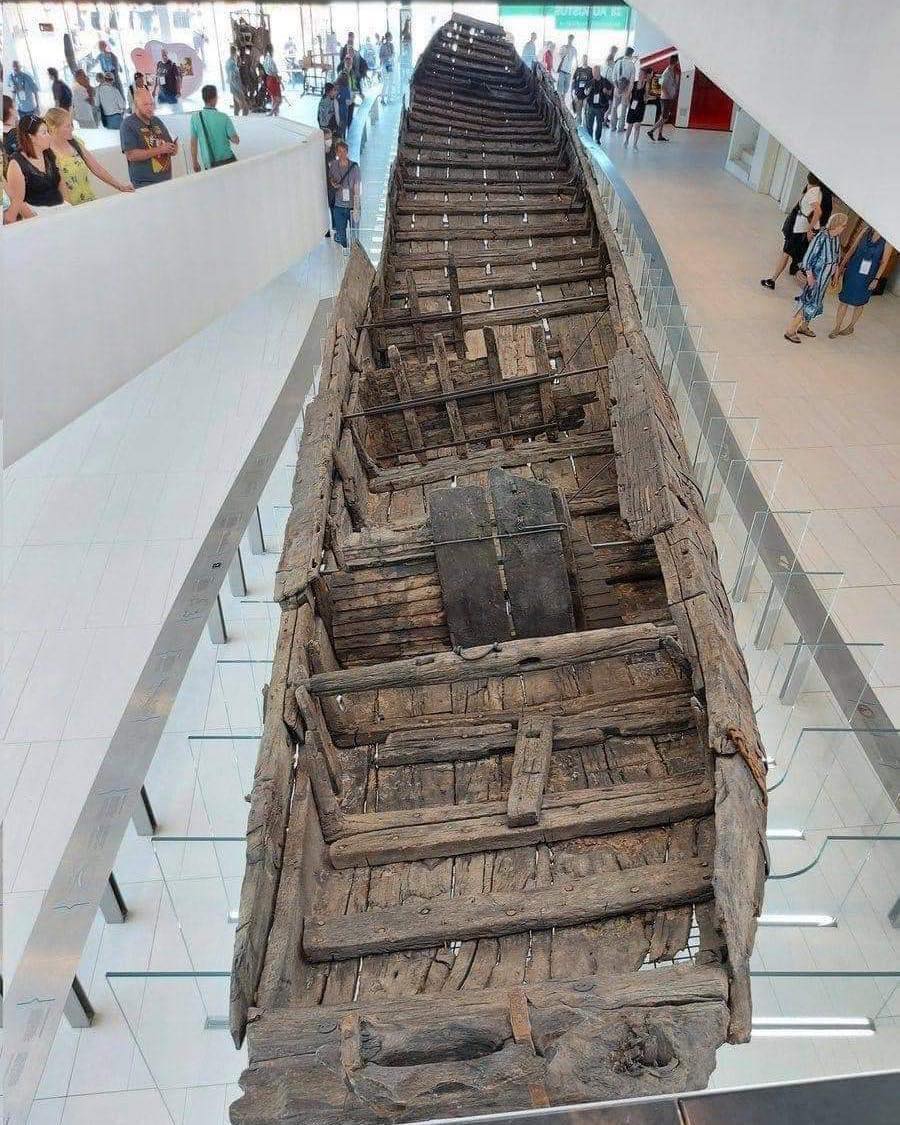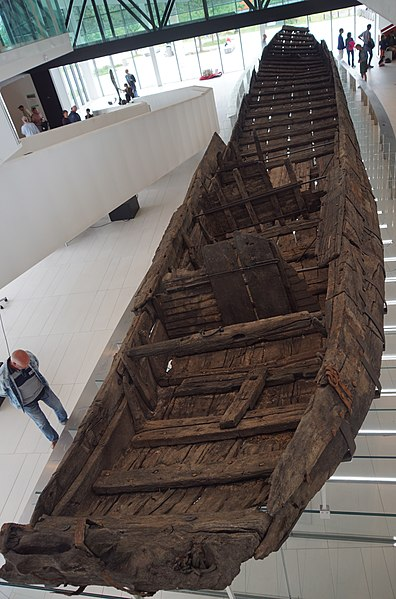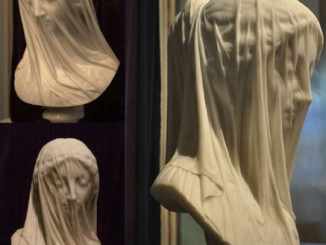
A Journey Back in Time
In the year 190 AD, a Roman ship known as “De Meern 1” met its untimely fate in the winding tributaries of the Rhine, succumbing to a navigational error that would seal its destiny. Little did its crew know that their misfortune would ultimately lead to a remarkable archaeological discovery centuries later. The wreckage of “De Meern 1” has provided archaeologists with a rare opportunity to peer into the past and uncover the secrets of life aboard a Roman vessel.
Delving into the Depths: Exploring the Ship’s Interior

As archaeologists excavated the wreckage of “De Meern 1,” they were astonished to find much of the ship’s interior remarkably preserved. The cabin, in particular, yielded a treasure trove of artifacts and personal belongings belonging to the ship’s captain. Among the discoveries were a collection of tools, everyday items, and even remnants of the crew’s provisions, offering a fascinating glimpse into the daily life and activities aboard the vessel.
A Glimpse into Roman Maritime Culture
The preservation of “De Meern 1” has provided researchers with invaluable insights into Roman maritime culture and seafaring practices. By studying the layout of the ship, the distribution of its cargo, and the types of tools and equipment found onboard, archaeologists have been able to reconstruct aspects of daily life at sea during the Roman era. This newfound knowledge enriches our understanding of ancient maritime trade routes, navigation techniques, and the role of ships in facilitating commerce and communication across the vast Roman Empire.
Unraveling the Mysteries: The Significance of Archaeology
The discovery of “De Meern 1” serves as a poignant reminder of the importance of archaeology in uncovering the mysteries of the past. Through meticulous excavation and analysis, researchers are able to piece together the story of this ancient vessel and the lives of those who sailed aboard it. By preserving and studying artifacts like those found on “De Meern 1,” we gain a deeper appreciation for the complexities of ancient societies and the human experiences that transcended time and place.
Preserving Our Heritage: The Legacy of Archaeology
In conclusion, the excavation of the Roman ship “De Meern 1” highlights the enduring significance of archaeology in preserving and interpreting our cultural heritage. Through the meticulous study of ancient artifacts and sites, archaeologists shed light on the diverse and rich tapestry of human history. As we continue to uncover and unravel the secrets of the past, we gain a greater understanding of our collective heritage and the remarkable achievements of those who came before us. Through archaeology, we bridge the gap between past and present, connecting with our ancestors and preserving their legacy for future generations to explore and cherish.


